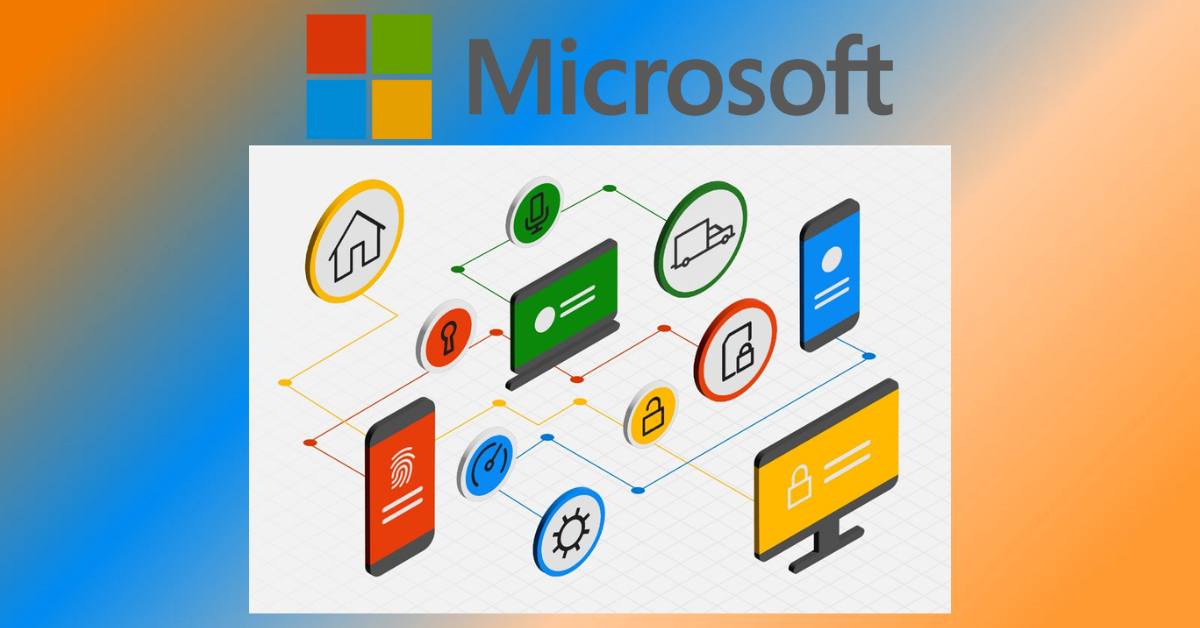Microsoft has released the third edition of Cyber Signals, a regular cyber threat intelligence brief that focuses the spotlight on security trends and insights gathered from Microsoft’s 43 trillion daily security signals and 8,500 security experts. This edition highlights new insights on the wider risks that converging IT, Internet-of-Things (IoT), and Operational Technology (OT) systems pose to critical infrastructure, and how enterprises can defend against these attacks.
Operational Technology is a combination of hardware and software across programmable systems or devices that interact with the physical environment (or manage devices that interact with the physical environment). Examples of OT can include building management systems, fire control systems, and physical access control mechanisms, like doors and elevators.
With increasing connectivity across converging IT, OT, and IoT, organizations, and individuals need to rethink cyber risk impact and consequences. Similar to how the loss of a laptop or modern vehicle containing a homeowner’s cached Wi-Fi credentials could grant a property thief unauthorized network access, compromising a manufacturing facility’s remotely connected equipment or a smart building’s security cameras introduces new vectors for threats like malware or industrial espionage.
“As OT systems underpinning energy, transportation, and other infrastructures become increasingly connected to IT systems, the risk of disruption and damage grows as boundaries blur between these formerly separated worlds. For businesses and infrastructure operators across industries, the defensive imperatives are gaining total visibility over connected systems and weighing evolving risks and dependencies,” according to Vasu Jakkal, Corporate Vice President for Security, Compliance, Identity, and Management at Microsoft.
The latest edition of Cyber Signals includes:
- Microsoft identified unpatched, high-severity vulnerabilities in 75% of the most common industrial controllers in customer OT networks. This illustrates how challenging it is for even well‑resourced organizations to patch control systems in demanding environments sensitive to downtime.
- There has been a 78% increase in disclosures of high-severity vulnerabilities from 2020 to 2022 in industrial control equipment produced by popular vendors.
- Over 1 million connected devices are publicly visible on the Internet running Boa, an outdated and unsupported software still widely used in IoT devices and software development kits.
For businesses and individuals, securing IoT solutions with a Zero Trust security model starts with non-IoT-specific requirements. This can be achieved by specifically ensuring they have implemented the basics to securing identities and their devices and limiting their access. These requirements include explicitly verifying users, having visibility into the devices on the network, and real-time risk detections.


